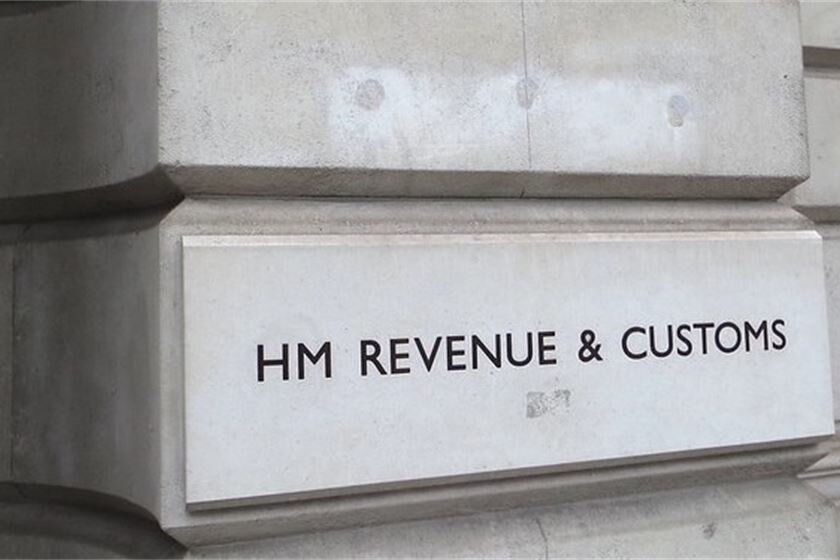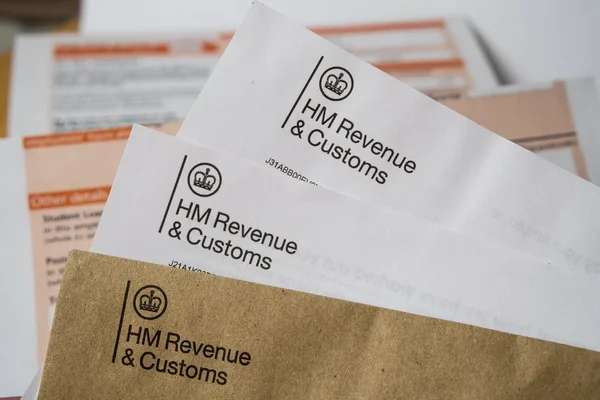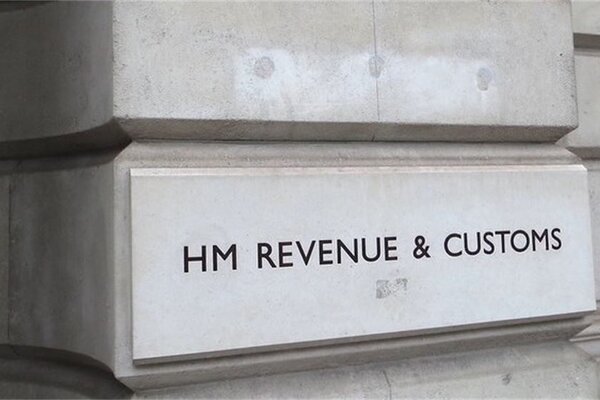HMRC’s Focus on Frequent Scheme Updates
Recent activity on HMRC’s avoidance scheme list has centred more on updating existing entries than adding new ones. According to experts advising on the contractor loan charge, frequent updates are a positive indication that HMRC is actively monitoring developments and gathering new intelligence.
Contractor advisers suggest that the growing list demonstrates the persistent attraction and profitability of tax avoidance, with one specialist noting wryly that selling such schemes appears “more profitable than selling shoes”. This comment arrives as retail chains announce high street closures, highlighting the continued demand for tax schemes despite ongoing enforcement.
Profitability and Scope of Tax Avoidance Arrangements
The number of named tax avoidance schemes now exceeds 200, underlining the resilience and financial rewards available to promoters. Tax professionals note that arrangements targeting contractors, especially those involving loan-based remuneration via umbrella companies, remain prevalent.
There have been hopes in the sector that new rules on Joint and Several Liability (JSL), coming into force from April 2026, could disrupt the business models of so-called 'payroll pirates'. However, experts caution that the period before new legislation comes into effect may see intensified activity from some scheme operators.
Implications for New Contractors
While experienced contractors are often alert to the risks and well-versed in compliance, concerns persist that first-time contractors remain especially vulnerable.
Experts note that those new to the sector are both less likely to be aware of HMRC’s avoidance blacklist and less familiar with its updates, meaning they may unwittingly engage with non-compliant providers. There is a consensus that increased visibility and targeted education are essential to protect these individuals in a market where avoidance opportunities are still widely promoted.
Ownership Changes and List Updates
HMRC’s updated list in October 2025 included six revised entries related to companies such as Acquda Limited, Balance Bay Limited, Balance Bay Services Limited, Employe Limited, Employe US Limited, and Miwsa Limited. Updates to the list can occur for a variety of reasons, such as new intelligence on how certain arrangements operate or knowledge of changes in scheme ownership.
Tax advisers suggest that these regular revisions serve as a practical reminder to potential users but also highlight the need for detailed information to inform decision-making.
Limitations of the HMRC List
Despite its growing size, the practical utility of HMRC’s avoidance list has certain limitations. Advisers observe that statements such as 'we think it doesn’t work' provide limited actionable detail for contractors or their advisers.
Some revisions are linked to imminent legal proceedings, reflecting HMRC’s efforts to prepare the ground for enforcement action. Maintaining updated entries is seen as an important means of keeping avoidance risks in the public eye, although the full value of the list depends on contractors’ awareness and understanding.
Umbrella Companies, Legislation, and Future Compliance
The increasing prevalence of arrangements involving umbrella companies remains a source of regulatory concern. Industry experts anticipate that the introduction of Joint and Several Liability rules in April 2026 will significantly disrupt disguised remuneration arrangements and reduce opportunities for non-compliant providers.
However, some believe the new rules will complement not replace ongoing vigilance and enforcement through HMRC’s published list. The market has seen persistent involvement by so-called 'dodgy umbrella companies and rogue agencies'.
Although naming on HMRC’s list is not believed to carry significant reputational risk for scheme operators, the incoming legislative changes are expected to have a more substantial impact on compliance.
Final Summary
HMRC’s latest updates to its tax avoidance scheme list underline both the ongoing challenge of tackling disguised remuneration and the resilience of avoidance models within the contractor sector. The continued expansion and frequent revision of the list reflect active enforcement and the need for vigilance, particularly as new Joint and Several Liability laws approach implementation in April 2026.
Experts emphasise that while experienced contractors tend to be alert to risks, newer entrants may still be caught unaware in a rapidly evolving compliance environment. Ensuring regular review and increased awareness will remain vital as HMRC adapts its strategies. For those seeking to stay informed on tax, compliance and contracting matters, resources such as the Pie app can provide valuable updates and guidance.











